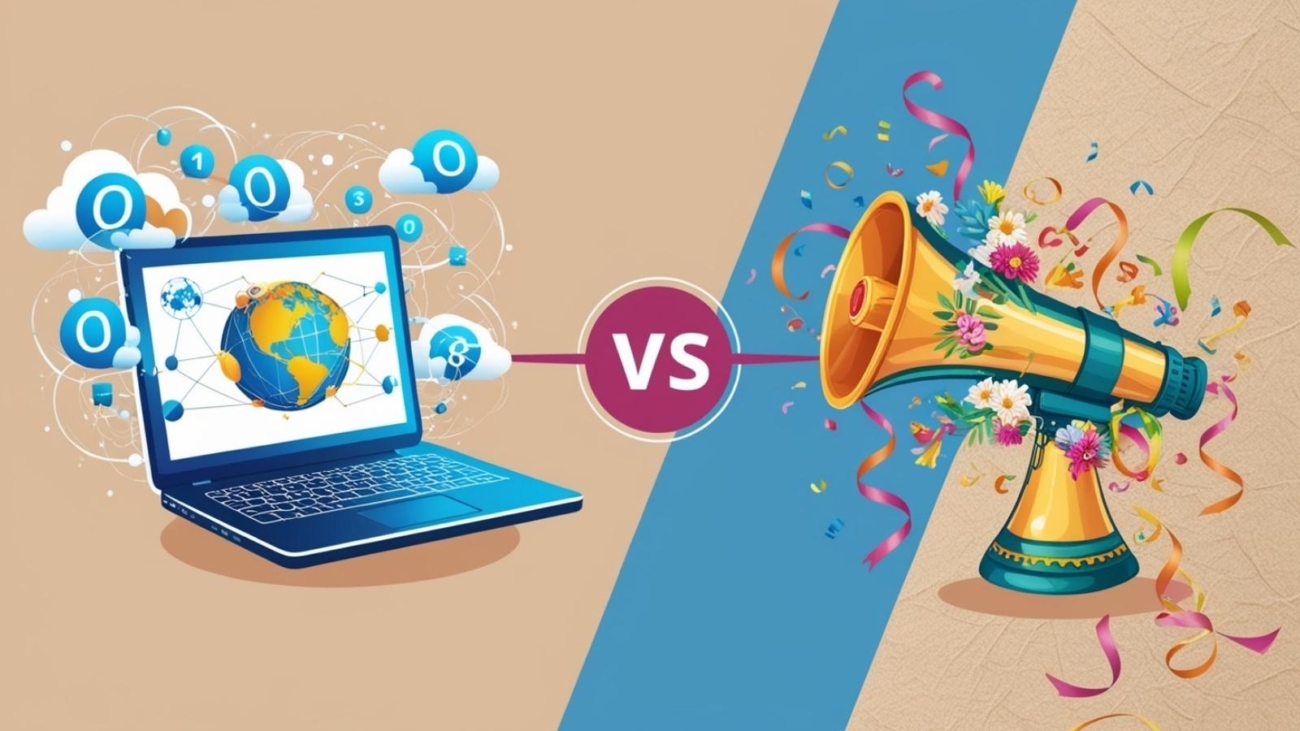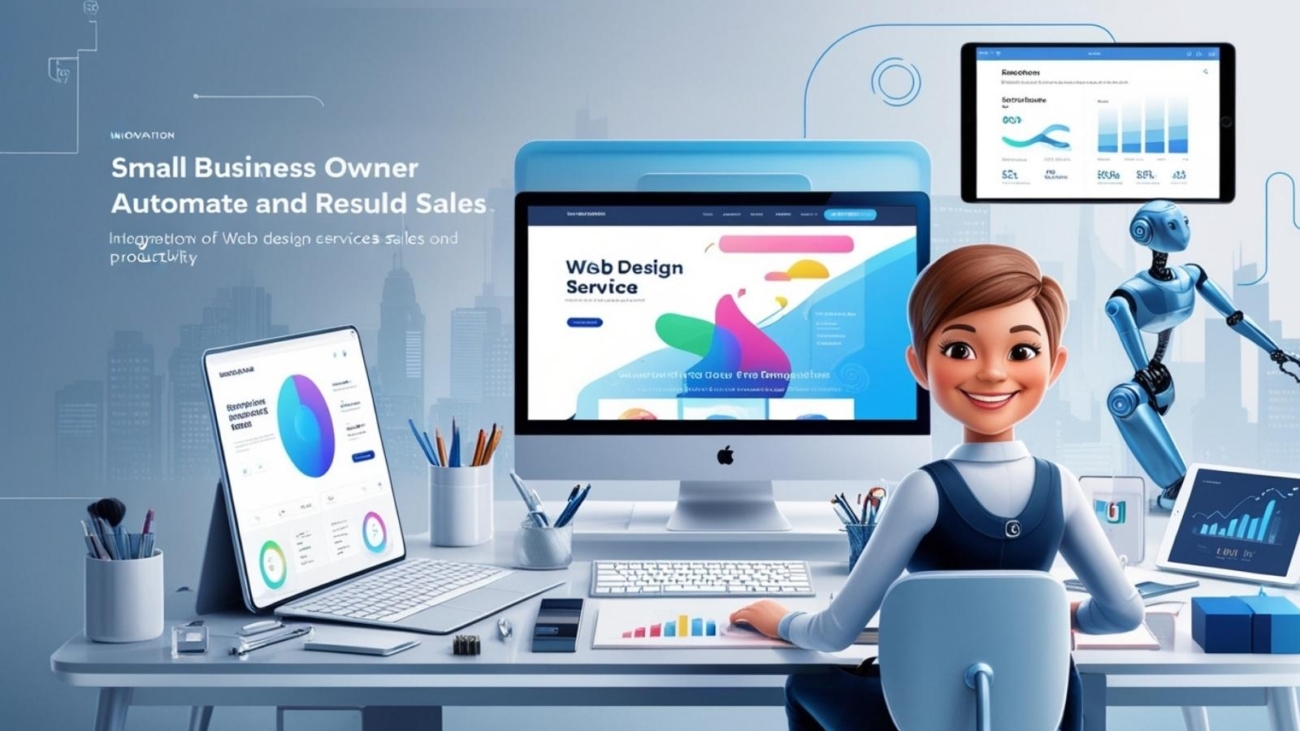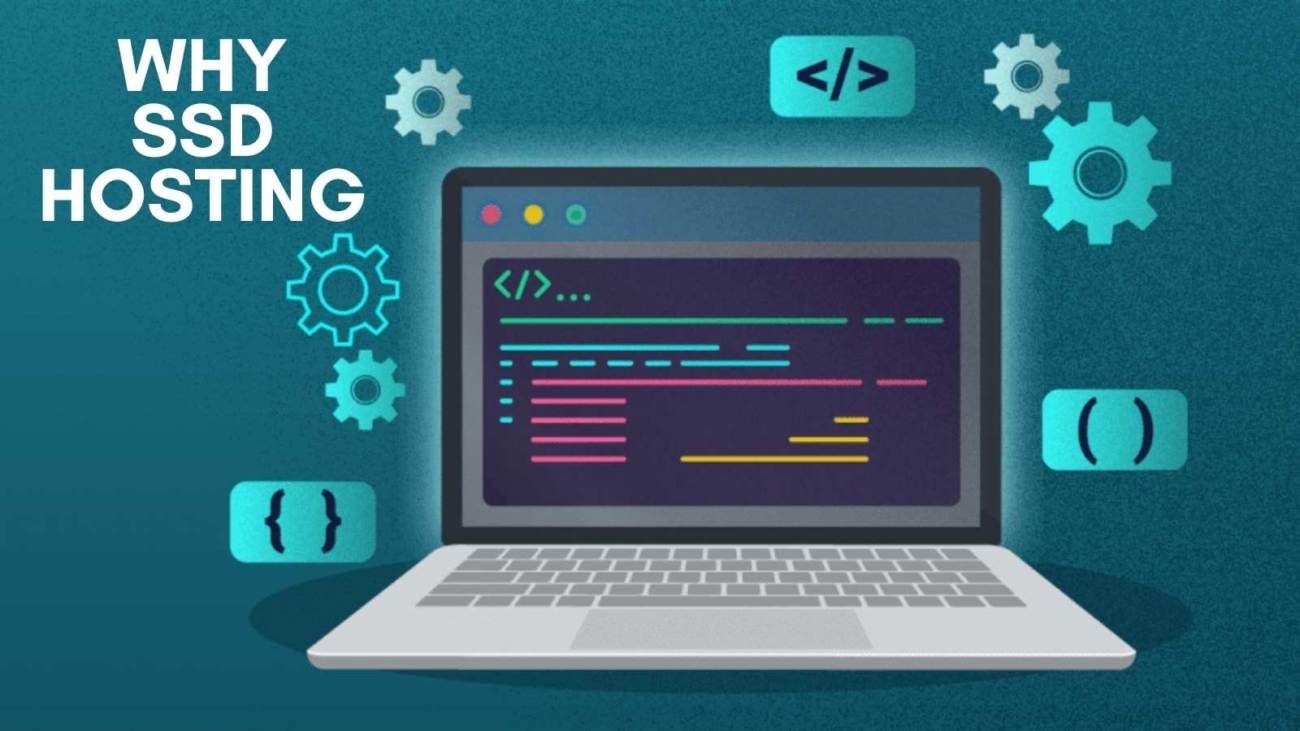In today’s dynamic business environment, the most successful companies are those that effectively blend online and offline marketing strategies. While digital marketing continues to dominate, traditional marketing techniques are still powerful when integrated correctly. If you’re looking to grow your business and reach more customers, understanding how to use both online and offline marketing is key.
Why Use Both Online and Offline Marketing Strategies?
Marketing isn’t a one-size-fits-all approach. Each business, depending on its industry, target audience, and goals, can benefit from different strategies. Online and offline marketing strategies each have unique advantages. Online marketing provides vast reach, instant feedback, and the ability to track data, while offline marketing builds deeper, more personal connections with local or specific customer groups.
By combining both, you can maximize your efforts, ensuring that your brand reaches customers in a variety of ways, whether they’re browsing on their smartphones or attending events in person.
Top Online Marketing Strategies
- Social Media Marketing
Social media is a powerhouse for online marketing. Platforms like Facebook, Instagram, Twitter, and TikTok allow businesses to reach their target audience in a more interactive and engaging way. Regular posts, sponsored ads, influencer partnerships, and social media contests can build brand awareness and drive traffic to your website. When using online marketing strategies, social media is a must. - Content Marketing
Content is still king. Blogging, video content, and podcasts are highly effective at drawing in customers and positioning your business as an industry leader. By creating valuable, relevant content, you not only attract visitors to your site but also improve your SEO rankings, driving more organic traffic. Online marketing strategies rely heavily on content marketing to educate your audience and build trust. - Email Marketing
Despite being one of the oldest forms of digital marketing, email marketing remains one of the most effective strategies. Through targeted email campaigns, you can engage existing customers, nurture leads, and promote special offers. Personalization and segmentation are key in email marketing, ensuring that each recipient gets relevant, timely information. - Search Engine Optimization (SEO)
SEO is a critical component of online marketing strategies. Ensuring that your website ranks well on search engines like Google makes it easier for potential customers to find your business. This involves optimizing your website’s content, images, and technical structure, as well as building backlinks from reputable sites. SEO might take time, but the long-term benefits of organic traffic are worth the effort. - Pay-Per-Click Advertising (PPC)
PPC ads are a quick way to gain visibility on search engines and social platforms. With online marketing strategies, you can set up campaigns that target specific keywords or demographics. This ensures that your business appears at the right moment, reaching potential customers who are actively searching for your products or services.
Effective Offline Marketing Strategies
- Networking and Events
One of the most impactful offline marketing strategies is networking. Whether it’s attending conferences, trade shows, or local meet-ups, face-to-face interactions can create long-lasting relationships. Participating in events also offers opportunities for you to showcase your products or services to a highly engaged audience. - Direct Mail Campaigns
While it may seem old-fashioned, direct mail remains a highly effective form of offline marketing. Sending postcards, brochures, or catalogs to a targeted list of potential customers can provide a personal touch and stand out in today’s digital-heavy world. The key to success with direct mail is personalization and relevance. - Print Advertising
Print ads in newspapers, magazines, or local publications still hold weight. In fact, many businesses find that print advertising in specific niches can effectively reach their target demographic. Combining print ads with online and offline marketing strategies can increase brand recognition across different channels. - Promotions and Discounts
In-store promotions, flash sales, and limited-time discounts are powerful tools for driving sales and attracting foot traffic. These promotions can be advertised both online and offline, creating a cohesive marketing message across platforms. Offering special discounts for people who visit your physical store or sign up for your newsletter can boost engagement. - Sponsorships and Local Partnerships
Sponsoring community events or partnering with local businesses for joint promotions is a great way to enhance your offline marketing efforts. This builds goodwill, strengthens local ties, and brings new customers who might not have heard of your business otherwise.
Combining Online and Offline Marketing Strategies
The most successful businesses today aren’t choosing between online and offline marketing strategies—they’re combining both. A comprehensive marketing plan should leverage the strengths of both to create a cohesive, multi-channel strategy that drives results.
For example, you can use social media to promote an upcoming event, and then follow up with a personalized email to thank attendees. You could send out a direct mail piece with a discount code that can be redeemed on your website. The key is to create a unified experience for your customers, no matter how they interact with your brand.
Measuring Success
One of the biggest challenges with offline marketing strategies is tracking effectiveness. While online marketing strategies come with detailed analytics, it’s trickier to measure the direct impact of print ads or in-person events. However, by asking customers how they found out about your business or using custom URLs and codes for offline campaigns, you can gather data to assess what’s working.
Final Thoughts
Both online and offline marketing strategies have their place in a comprehensive marketing plan. Online marketing offers reach and scalability, while offline marketing fosters deep, personal connections. The trick is knowing when and how to combine the two to create a powerful marketing strategy that drives growth.
By embracing both, you ensure that your business isn’t just reaching people who are online but also connecting with your local community, building loyalty, and creating brand recognition across multiple touchpoints.





